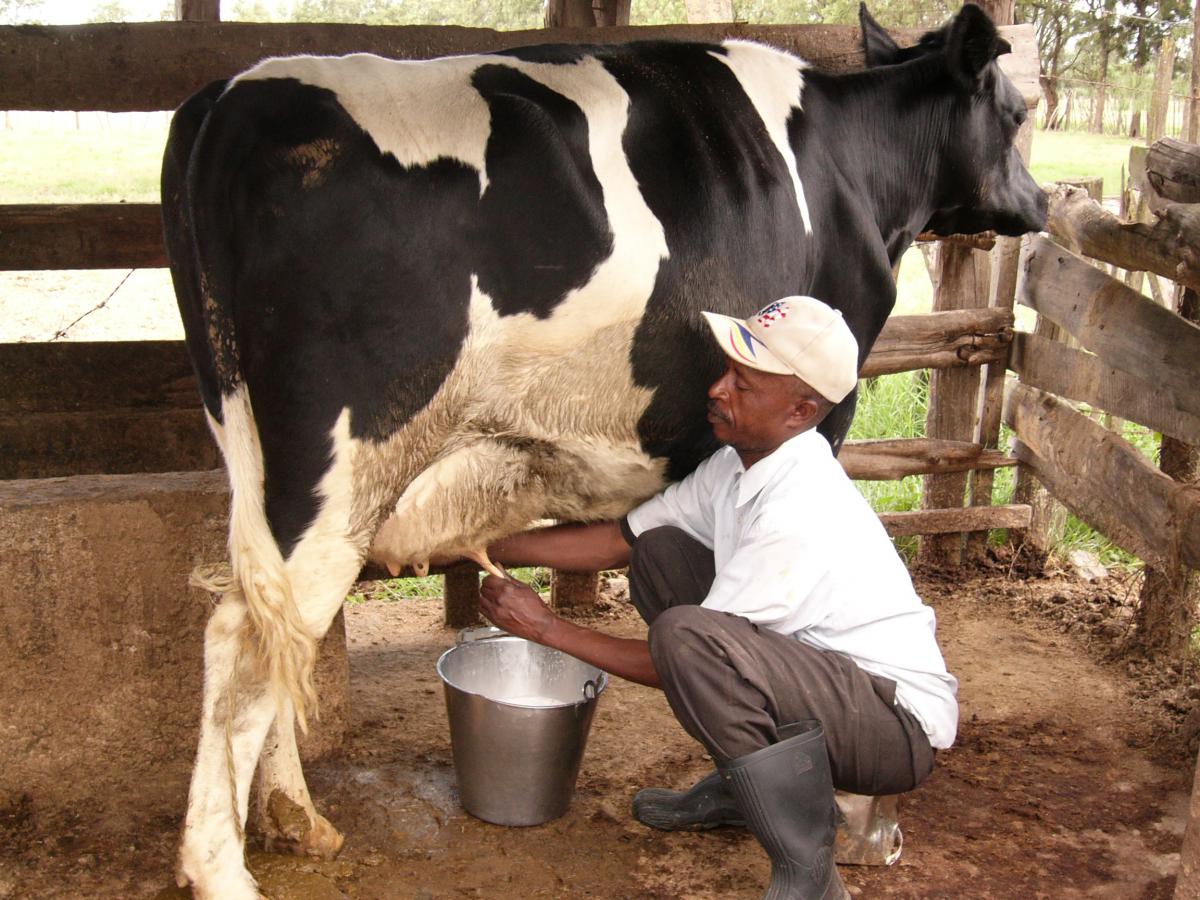 Farmer milking his cow. The cold weather experienced in the coutry at the moment has affected milk production in several parts of the country. Photo courtesy.
Farmer milking his cow. The cold weather experienced in the coutry at the moment has affected milk production in several parts of the country. Photo courtesy.
The cold weather currently experienced in most parts of the country has caused decline in milk production especially in high altitude areas forcing intake of the raw material by processors to drop by 10 per cent.
Data by the Kenya Dairy Board (KDB) indicates that the volumes declined from 52m kilogrammes in April to 46.8m kilos in May further projecting a decline of five per cent in June and July, with the shortage expected to raise the consumer prices.
Early this month, New KCC warned of a likely increase in prices after producer price rose from Sh37 to Sh40 a litre.
The Kenya Meteorological Department had warned of cold weather across the country early this month for a period of three months, June-July-August season affecting central region, Nairobi, parts of Western Kenya and Central Rift Valley.
The cold weather according to KDB affects the physiology of dairy animals leading to lower milk production.
Some of the areas where the effect has been felt include Kinangop, Nyeri, Uasin Gishu, Nandi and Kiambu which are also key milk production areas in the country. This has forced dairy processors to scramble with the informal sector for the share of the raw material.
RELATED NEWS: New Kenya Cooperative Creameries increases milk prices by four shillings to benefit smallholder farmers
RELATED NEWS: Milk processor to buy more milk from farmers as it upgrades its plants
RELATED NEWS: County milk factory that provides constant milk price for farmers
The price of milk has for the last one year remained low at an average of Sh50 for 500ml packet after hitting a high of Sh60 in April 2017.
According to Kenya National Bureau of Statistics Economic Survey 2018, the volume of milk produced last year decreased by 17 per cent to 535 million litres from 648 million litres in 2016.
Generally, Kenya has an annual processing capacity of 1.4 billion litres, which translates to 3.9 million litres a day. However, processors do not operate optimally due to the diverting of milk to the informal sector.
















Comments powered by CComment